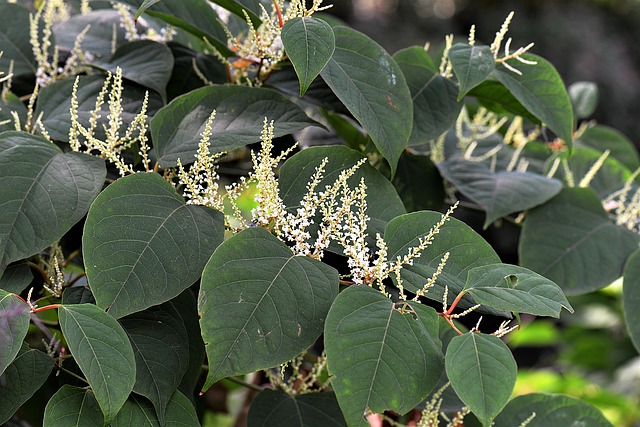“And so the one in our garden continued its growth peacefully, as did thousands like it in neglected spots all over the world. It was some little time later that the first one picked up its roots and walked”.
John Wyndham – The Day of the Triffids.
Japanese Knotweed is a robust, handsome, perennial plant with attractive coloured stems, lush foliage and pretty, delicate white flowers. Unfortunately, it is also a rapacious weed, which spreads quickly, has very deep and strong root systems which can damage structures, and is extremely difficult to eradicate.
It has acquired a fearsome, triffid-like reputation within the construction and property industries and its presence on land is guaranteed to strike fear into the hearts of property owners, lenders and professional advisors.
We have previously considered cases where the plant has alleged to have created a nuisance (see here). This blog will look at a couple of cases where homeowners have sued surveyors for negligence claiming damages in respect of Japanese Knotweed infestations.
In Ryb v Conway Chartered Surveyors and others [2019] (unreported) Mr Ryb successfully sued his surveyors for failing to identity Japanese Knotweed in the garden of a ground floor flat he was purchasing. He was awarded the difference in value between the price actually paid for the property and its market value, plus the costs of remedial works to remove the Knotweed.
There were a number of interesting features of the case which may mean that it is not of general application.
Firstly Mr Ryb had commissioned a level three survey of the property, which is the most thorough level of standard survey available: most buyers do not bother with this level of survey and just use a simple mortgage valuation or a level one condition report.
Secondly, Mr Ryb was partially sighted and so was not to identify the Japanese Knotweed or any problems himself and was reliant upon the survey to identify these problems for him.
Thirdly the survey was carried out in the late summer, when the Japanese Knotweed would have been growing strongly. At the date of the survey, it was agreed that the Knotweed had been present for at least two years on the property. The evidence showed that the surveyor would have had to push past it to access part of the property to carry out the survey.
Fourthly, the surveyor did not take any photographs during the inspection, nor did he record any measurements or make any notes.
Fifthly he was unable to identify any relevant training that he had undertaken related to Japanese Knotweed. The RICS information paper, Japanese Knotweed in Residential Property (first edition), had however been published two years before the survey took place.
These factors combined to create the perfect storm whereby the surveyor had in all probability seen the Japanese Knotweed but not appreciated what it was, and this was then compounded by a failure to record the survey of the garden properly.
In Michele Davis V Marshalls (Plumbing and Building Development) Limited & Connells Surveying and Valuation Limited [2018] (unreported) Ms Davis was not successful in her claim against her surveyors, but here the facts were very different.
Ms Davis claimed against her surveyors in respect of a residential property purchase, but crucially here she had commissioned only a residential mortgage valuation report and the knotweed in issue was not on her property at all but was next door. The surveyor accepted that he had not inspected next door but said that inspecting neighbouring land did not come within his remit as part of carrying out the survey and furthermore he was not obliged to commit trespass in order to see what might be happening on adjacent land. The court agreed with the surveyor that it was not within his duties to inspect neighbouring land and Ms Davis’ claimed failed.
The court did confirm that whatever the fee and the level of survey, a surveyor is obliged to do her job with reasonable skill and care.
So two different sets of facts and two very different decisions. It will be interesting to see what the case law throws up in the future and how it develops, as Japanese Knotweed is here to stay.
